As a mom and a proponent of early childhood education, I understand how important it is to kindle curiosity and foster a love for learning from a young age. STEM activities for kindergarten are a fantastic way to do exactly that. These activities, focused on Science, Technology, Engineering, and Mathematics, are specially designed for little learners to help them explore, question, and understand the world around them. In this guide, I’m going to share some engaging STEM activities that you can easily incorporate into your kindergartener’s daily routine. Let’s make learning fun together!
Easy and Engaging STEM Activities

Building Spaghetti Towers
One of the interactive STEM activities for kindergarten is building spaghetti towers. This activity introduces young learners to the basic principles of engineering and construction. All you need is some dry spaghetti and marshmallows. Encourage your child to construct a tower using these materials. This activity not only promotes problem-solving skills as they figure out how to make the tower stand but also fosters creativity. Watch as your little one proudly showcases their spaghetti tower!
Sink or Float Experiment
Next, let’s dive into a simple yet fascinating science experiment: the sink or float activity. This experiment is a great way to introduce the concepts of density and buoyancy. Gather a variety of objects around the house, fill a tub with water, and ask your child to predict whether each item will sink or float before placing it in the water. This activity encourages scientific thinking and helps children understand why certain objects float while others sink.
Number Matching Game
Lastly, make math enjoyable with a number-matching game. For this activity, write numbers on a set of cards and have corresponding numbers of dots on another set. The goal is for your kindergartner to match the number card to the card with the corresponding number of dots. This game enhances numerical understanding and memory skills, making math a fun experience for your child.
The Science in STEM
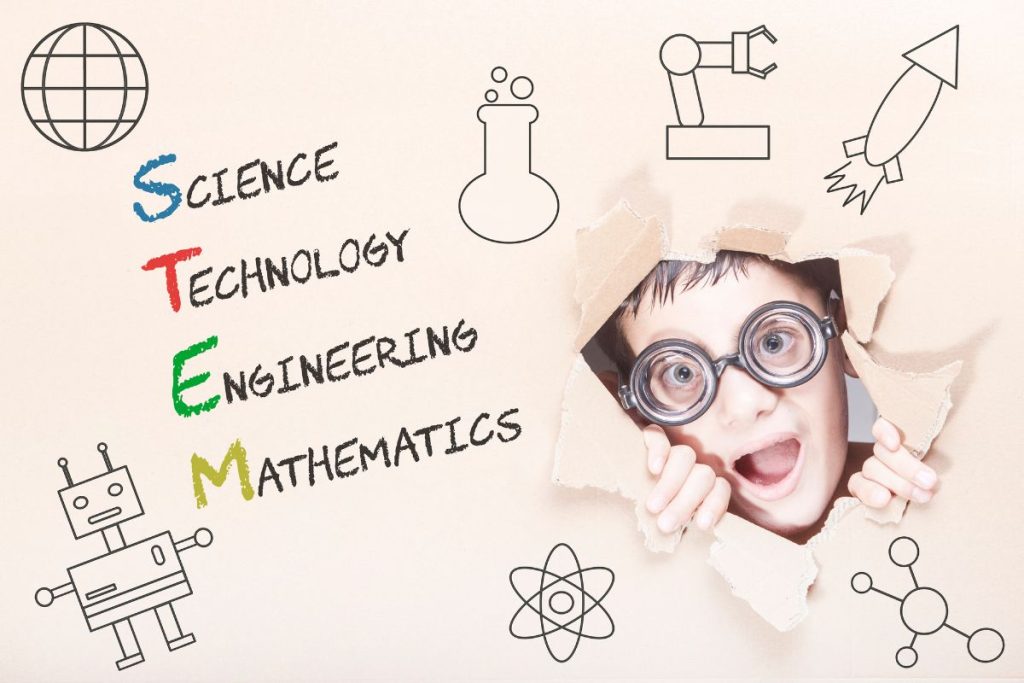
Exploring Nature
Here’s a science-focused STEM activity that requires nothing but curiosity and a keen eye. Take your child on a nature walk. Ask them to observe the environment, the plants, the animals, and the way they interact with each other. Encourage them to ask questions and make observations, fostering their inquiry skills. This simple activity brings the intricacies of nature to your child’s fingertips, kindling their love for science.
Color Mixing Experiment

Another engaging science experiment is the color mixing activity. It’s a simple, fun, and messy experiment that introduces the concept of primary and secondary colors. All you need is some food coloring, water, and clear cups. Show your child how to make secondary colors by mixing two primary colors. This activity not only teaches them about colors but also the scientific process of observing, predicting, and experimenting.
Shadow Tracing
Lastly, let’s delve into the world of light and shadows with a shadow-tracing activity. On a sunny day, take your child outside with some chalk and toys. Encourage them to place the toys in the sunlight, observe their shadows, and trace them. This activity introduces the concept of light, shadow, and the sun’s movement, giving your kindergartener a hands-on experience of science in action.
Exploring Technology and Engineering
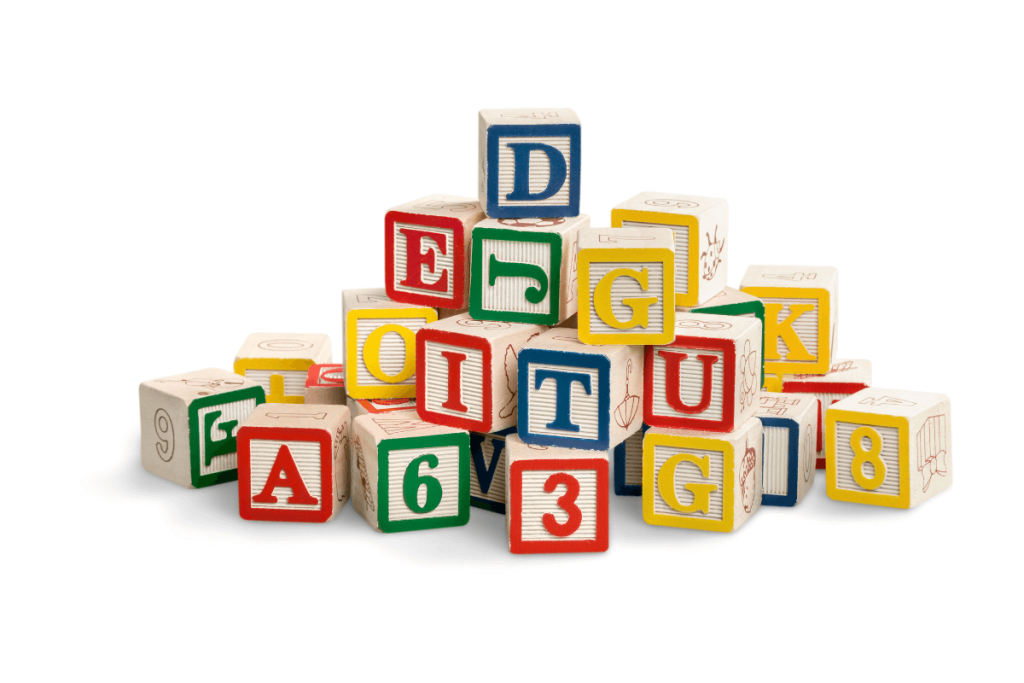
Building Block Structures
One of the best ways to introduce kindergarteners to engineering concepts is through the classic activity of building block structures. Gather different types and sizes of blocks and let your child’s imagination run wild. They’ll learn about balance, stability, and even architectural design as they figure out how to stack the blocks without toppling them over. Not to mention, it’s a great activity for fine motor skill development.
Coding with Bee-Bot
Coding might seem too complex for a kindergartner, but not when it’s with Bee-Bot! Bee-Bot is a simple robot designed for kids that teaches them the basics of coding and directions. Kids can command Bee-Bot to move forward, backward, left, or right, and it follows their directions. This activity encourages logical thinking, and problem-solving, and introduces them to the fascinating world of technology at an early age.
Safe Internet Browsing
While teaching kids about technology, it’s crucial to educate them about safe internet practices. Make this a fun activity by creating a list of safe websites for kids where they can play educational games, watch cartoons or read stories. Teach them to stick to this list and not wander off to unknown sites. This way, they can enjoy the wonders of the internet while staying safe.
Tinkering with Old Devices
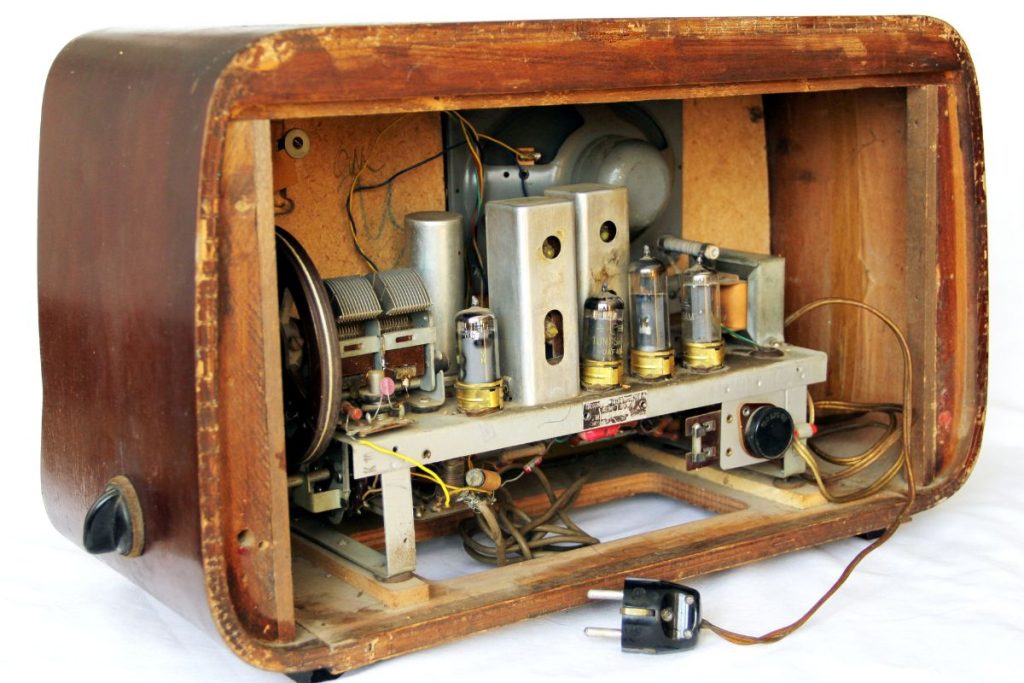
If you have old, non-working devices at home like a clock or a radio, let your kindergartner tinker with it under your supervision. They can see what’s inside, how different parts are connected, and maybe even figure out how it works. This activity can ignite a curiosity for how things work, which is the very essence of engineering.
Creating a Windmill
Our last activity takes us to the world of renewable energy. Guide your child to create a simple windmill using a paper cup, straws, and paper. This activity introduces them to concepts of energy, wind power, and engineering design. It’s also a great way to talk about our responsibility towards the environment and the importance of renewable energy sources.
Fun with Math
Counting with Everyday Objects
Who says you need specific tools to learn math? Use everyday objects like fruits from the kitchen or toys from the playroom. Ask your child to count them, add them, or subtract them. This activity helps reinforce counting skills and introduces them to the concept of addition and subtraction.
Shape Hunt
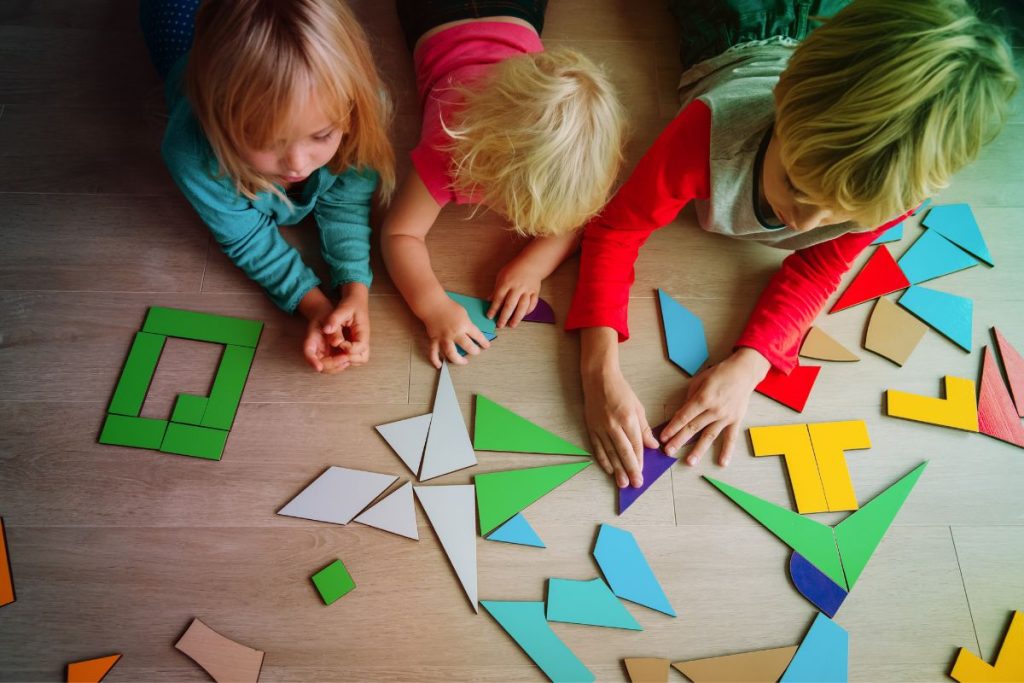
Turn a regular house tour into a math lesson with a shape hunt. Ask your child to identify different shapes around the house. This could be a round plate, a square window, or a rectangular door. This fun game not only keeps your child engaged but also helps them recognize various shapes in their environment.
Measuring Fun
Introduce your child to the concept of measurement with this simple activity. Use a measuring tape to measure the length or height of objects around the house and ask your child to record the measurements. This hands-on experience can make learning about measurements much more interesting.
Pattern Recognition
Pattern recognition is a vital math skill. To encourage this, lay out some colored toys or blocks in a certain pattern. Then ask your child to continue the pattern. This activity not only sharpens their pattern recognition skills but also enhances their logical thinking.
Math Puzzle
Finally, make math irresistible with puzzles. Invest in age-appropriate math puzzles that challenge your child to think. Puzzles are a great way to develop problem-solving skills, and they make learning math a fun and enjoyable process.
Benefits of STEM Activities
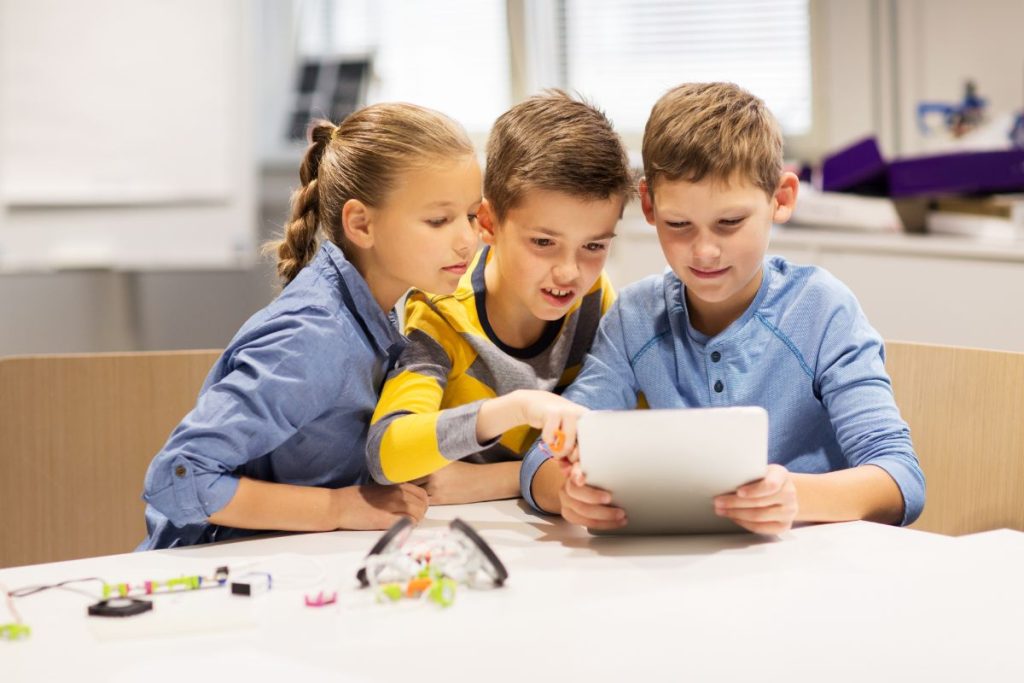
Promoting Cognitive Development
By engaging in STEM activities, kindergarteners can experience an enhancement in their cognitive development. These activities challenge their thought process and encourage them to think critically, thereby boosting their cognitive skills. From solving a math puzzle to programming a simple robot, each STEM task they undertake has a positive impact on their cognitive growth.
Enhancing Problem-Solving Skills
Problem-solving is an integral part of STEM activities. Whether it’s figuring out how to build a stable block structure or predicting a pattern, children are constantly faced with problems that they need to solve. This exposure at an early age can significantly enhance their problem-solving skills, preparing them for more complex challenges in the future.
Fostering Creativity
STEM activities are not just about logic and reasoning. They also provide a platform where kids can let their creativity shine. For instance, designing a windmill or creating a color mix requires a good deal of imagination. By participating in these activities, kindergarteners are not only learning about science, technology, engineering and math, but they are also nurturing their creative skills.
Encouraging Curiosity and Exploration
Children are naturally curious and STEM activities feed this curiosity. They offer a hands-on learning experience that encourages children to explore, ask questions, and discover new things. Whether it’s a science experiment or a technology task, each activity promotes a sense of wonder and curiosity.
Building a Foundation for Future Learning
Early exposure to STEM activities builds a solid foundation for advanced learning in these fields. By understanding the basics of these subjects at an early age, children are better equipped to handle more advanced topics as they progress in their academic journey. Furthermore, the skills they acquire from STEM activities, such as problem-solving, critical thinking and creativity, are invaluable and applicable in other areas of study.
In conclusion, STEM activities play a crucial role in a kindergartener’s overall development. They not only make learning fun and enjoyable but also provide the children with the skills they need to succeed in the future.
FAQ
What is STEM in kindergarten?
STEM stands for Science, Technology, Engineering, and Mathematics. STEM activities in kindergarten are hands-on tasks that incorporate these subjects to encourage learning and development in young children.
What are some STEM activities for kids?
Some STEM activities for kindergarten include building structures with blocks, creating simple machines using household items, and conducting science experiments. These activities foster creativity, critical thinking, and problem-solving skills in children.
How do you introduce STEM to kindergarten?
STEM activities can be easily introduced to kindergarten children by incorporating them into everyday play and learning. Parents and teachers can provide opportunities for hands-on exploration and experimentation, encouraging children to ask questions and think critically about the world around them. It’s also important to make these activities fun and engaging, using age-appropriate materials and challenges. Gradually increasing the complexity of tasks as the children progress in their learning can help build a strong foundation for STEM education.
Conclusion
Incorporating STEM activities into your child’s routine is an investment in their future learning and success. These activities enhance their understanding of the world and foster critical skills like problem-solving, creativity, and logical thinking. The formative years are crucial for cognitive development, and STEM activities offer a rich and stimulating environment for your child to explore and grow. Remember, the goal isn’t to make your child a scientist or engineer, but to provide them with a solid foundation in problem-solving, critical thinking, and the joy of discovery. In this rapidly evolving world, these skills will benefit them regardless of their chosen path. STEM activities nurture well-rounded, resilient, and creative individuals ready to face future challenges.
